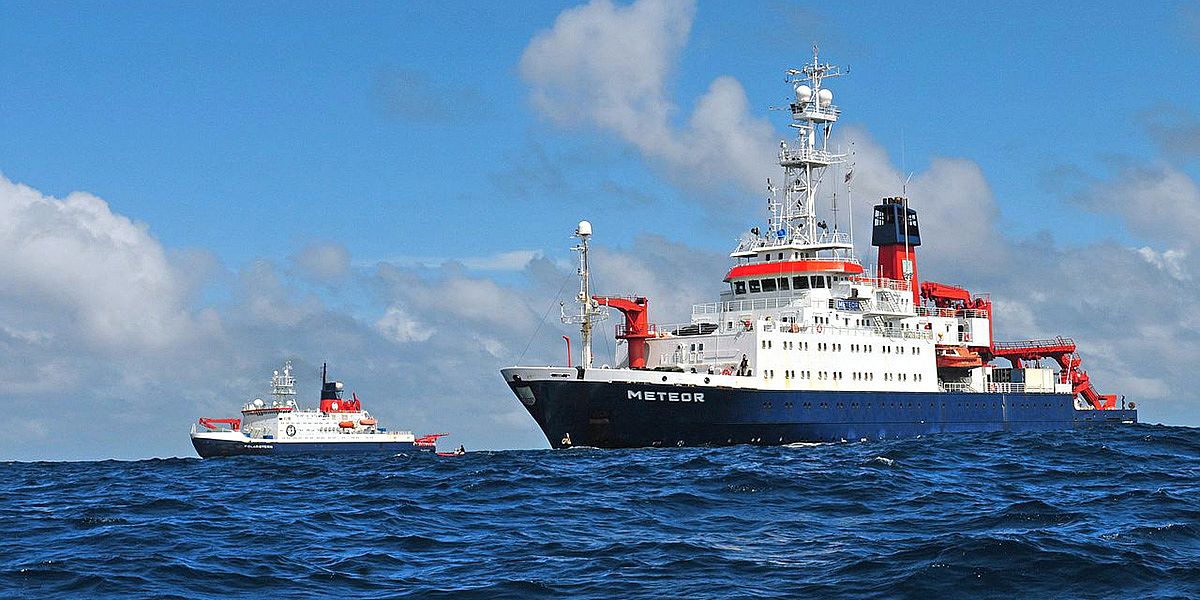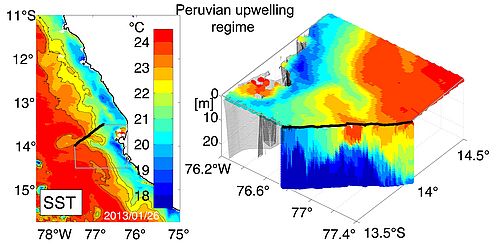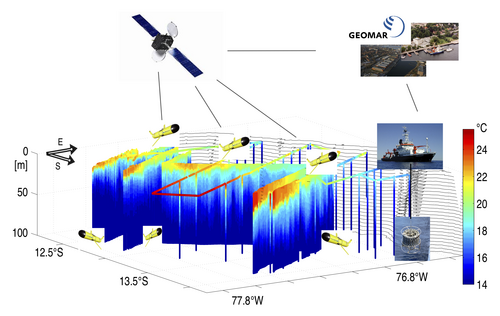Head of the Research Unit:
Prof. Dr. Martin Visbeck
Phone: +49-431 600-4100
Fax: +49-431 600-4102
e-mail: mvisbeck(at)geomar.de
Prof. Dr. Peter Brandt
Phone: +49-431 600 4105
Fax: +49-431 600 4102
E-Mail: pbrandt(at)geomar.de
GEOMAR Helmholtz Centre for Ocean Research Kiel
Physical Oceanography
East shore campus
Wischhofstrasse 1-3
D-24148 Kiel
Germany
Phone: +49-431 600-4101
Personal Assistant/Office Management:
Nadira Mahmud
Phone: +49-431 600-1843
e-mail: nmahmud(at)geomar.de
Juliane Barth
Phone: +49-431 600-4288
e-mail: jbarth(at)geomar.de





